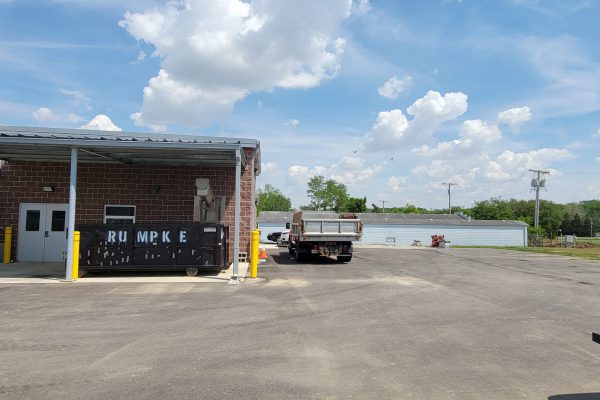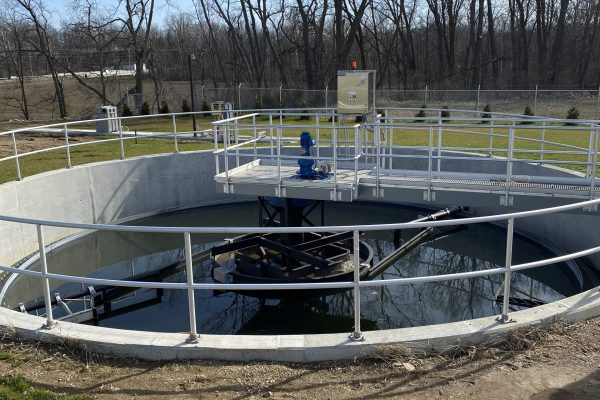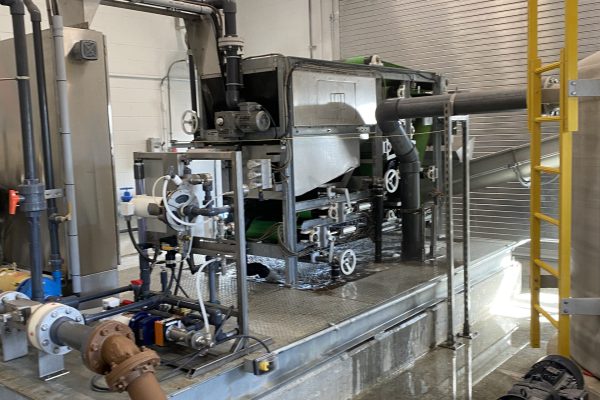Jones & Henry provided engineering services to the Village of West Alexandria for a study, followed by, design and construction administration of improvements to their existing wastewater treatment plant. The average daily flow to the wastewater treatment plant is 300,000 gpd, and the maximum hourly flow is 1,600,000 gpd.
The existing treatment plant consisted of a course bar screen and grinder, two extended aeration tanks with integral clarifier and sludge holding, chlorine disinfection, and laboratory. The Village experienced treatment problems during wet-weather due to the small size of the existing treatment tanks. Also, the existing treatment tanks were at the end of their useful life and required extensive repairs to continue to remain in service.
Jones & Henry prepared a study that evaluated the existing plant and improvement options. Due to the existing treatment tank sizing and available site space, it was determined that the most cost-effective option was for the Village to purchase a 2.4 acre portion of the existing property, which was currently being used for row crop agriculture.
During the preliminary design, Jones & Henry worked with the local and state agencies to provide the required information and obtain approval for the project work. This included obtaining an archaeological survey of the property, obtaining approval from the Ohio Historic Preservation Office, geotechnical evaluation, survey of the prospective property, and approval from Ohio EPA.
Jones & Henry assisted the Village with funding for the project. The project was funded with the assistance of Rural Community Assistance Partnership, US Department of Agriculture Rural Development, Ohio EPA, and Community Development Block Grant.
The project design consisted of a new raw sewage pumping station placed within the existing plant site to intercept the influent sewage flows. The pump station lifted the sewage to a new screening channel with outdoor inclined screen, with a backup manual bar screen. Aerated grit separation followed screening. Flows are then conveyed to an extended aeration treatment system, in the form of two oxidation ditches. The sizing of the oxidation ditches would allow the Village to operate one during times of below average flow, such as during the summer months, and two during higher-flow times such as fall, winter, and spring. The oxidation ditches were followed by two 42-foot diameter circular clarifiers, with sludge and scum removal. Final effluent is then conveyed to a channel for ultraviolet disinfection. The sludge conveyance, treatment, and processing included return and waste sludge pumping, aerobic digestion, and dewatering with a truck loading station. A service building was included to house the new laboratory, electrical equipment, generator, office, and sludge dewatering equipment.
Jones & Henry provided construction administration and on-site field representation. We assisted the Village with administration of the USDA RD funding including the preparation of payment disbursements, change orders, and monthly reporting requirements through the loan closing.




